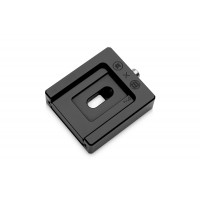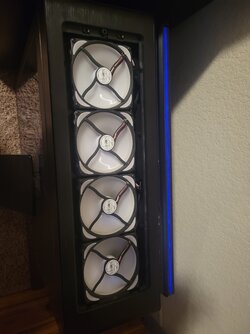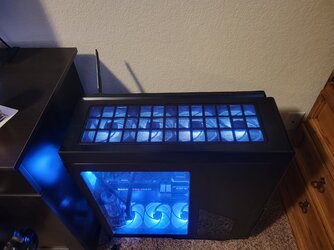I couldn't help the quote because of the reply and the avatar pic. Just need the accent to go along with it.Push/pull? Of course! Plus the ladies like it because it's sexy!
I don't always push/pull, but when I do, it's with great power
And with great power, yadda yadda, you know the rest
You I am sure remember the Northwood c 2.4ghz days. The binning still happens, its just they have taken all of the overhead away from us.It will, certainly, but those insta-blips to high temps won't because of the density. The die/IHS just cant get the heat out fast enough. The mediums (die to paste/solder to IHS) have always been there.
1. $
2. You can remove the IHS yourself and direct die cool... there are kits for doing just that! YOu just need to be careful not to break the die because of pressure as Z heights are different without the IHS.

EK-Quantum Velocity² IHS Removal Tool - 1700
EK-Quantum Velocity² IHS Removal Delidding Tool - 1700www.ekwb.com
3. There isn't a cooling issue with these chips. They are spec'd to run to 100C and then throttle. Intel and Mobo makers are getting every MHz out of these chips out of the box these days. I don't buy into binning of these chips too much, no more than they were before. It's not like the lower class chips overclock significantly more than the flagships.
On the DD cooling, completely agree, except, the EK Velocity2 kit, has proven to be problematic, even the de lid tool. Better options are available.
Yea that whole pcb thickness thing and bowing. Hence the development of the DD frames.Intel went another way and to reduce RMA rate, they moved pins from CPUs to motherboard sockets ... in the same time Intel stopped manufacturing motherboards. Now they are pushing fragile sockets and if anything happens then it's not their problem. Problems with sockets are happening quite often. Somehow problems with AMD sockets, even LGA are not so common.
That's not what Peggy saidPush/pull is an big advantage if u use thick radiators.
You can have silent with high pressure fans. You should choose fans for the radiators you choose.The most of the peoples prefer silent and choose lowpreasure fans.




